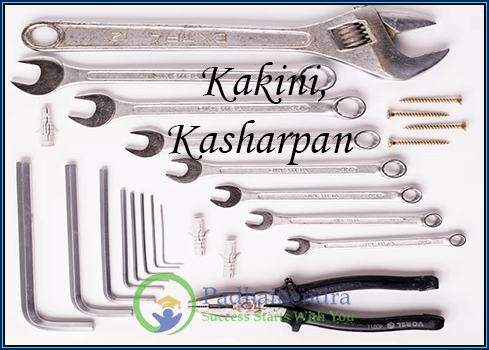Meaning of the term Kakini, Kasharpan used during Gupta Period
Kakini and Kasharpan were terms used during the Gupta period in ancient India to refer to certain types of metal objects and tools.
Kakini was a small, bell-shaped metal object that was often used as an ornament or as a musical instrument. It was usually made of bronze or brass and was commonly used in religious ceremonies and festivals. The sound of the Kakini was believed to ward off evil spirits and was used to purify the environment.
Kasharpan was a type of metal tool used for cutting and shaping objects made of wood, stone, or other materials. It was similar to a chisel or a gouge, and was often used by carpenters, sculptors, and other artisans. Kasharpan was typically made of iron or steel, and was an important tool for the construction of buildings, temples, and other structures.
Both Kakini and Kasharpan were important objects in ancient India, and were widely used by people of various professions and backgrounds. They were symbols of the artistic and technical skills of the Gupta period, and represented the sophistication of ancient Indian civilization.

